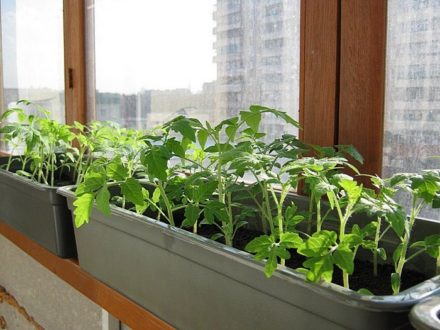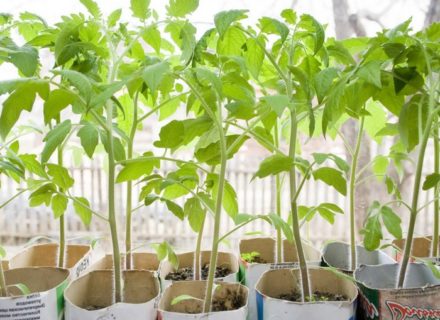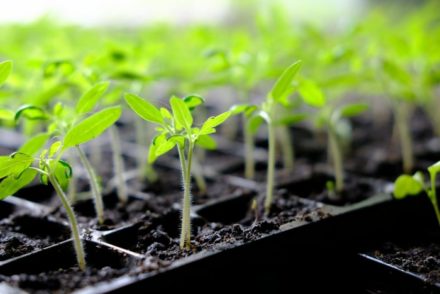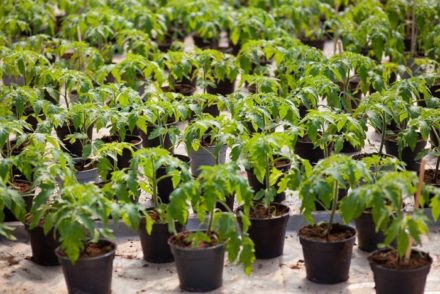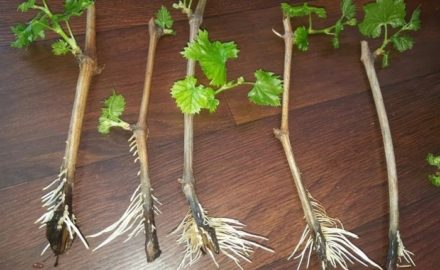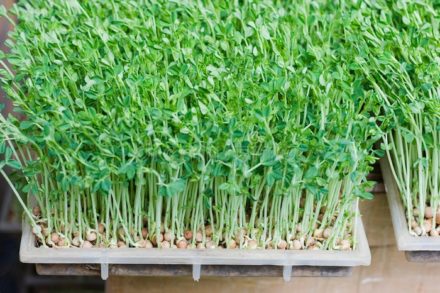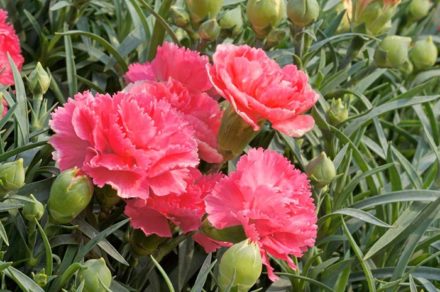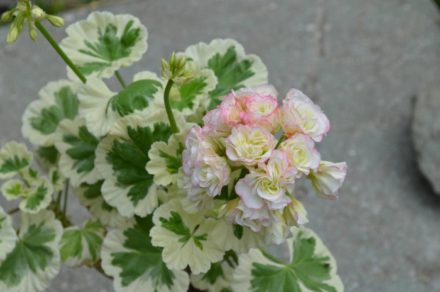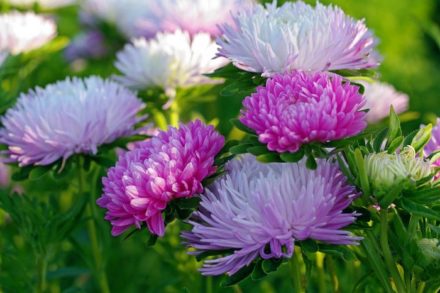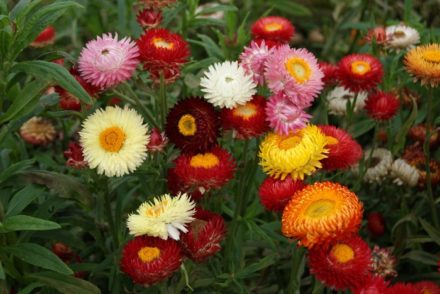Tomatoes are crops with a long growing season, and therefore require cultivation through seedlings. Beginner gardeners do not always cope with this task. Emerging seedlings sometimes suddenly die en masse. This can be caused by a variety of reasons, from illness to improper care. To prevent this from happening, it is necessary to ensure comprehensive protection of seedlings at the early stages of development.
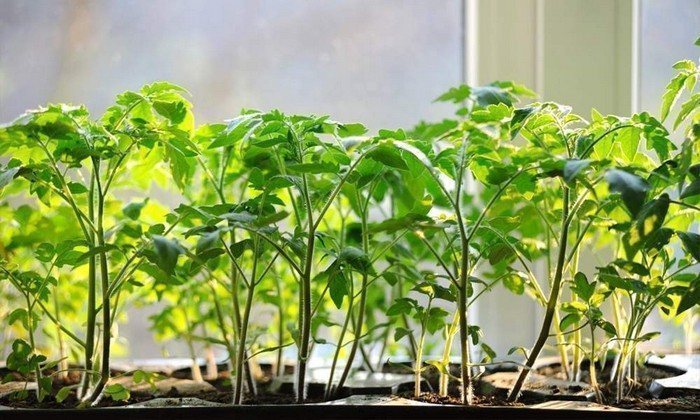
Pre-sowing seed treatment
If you use seeds in bags purchased in a store for sowing, they do not need to be disinfected before planting. Agricultural company workers process planting material in production. It’s another matter if a decision is made to use your own seeds from tomatoes grown on the site or if seeds of unknown origin are purchased for sowing (for example, at a spontaneous market).
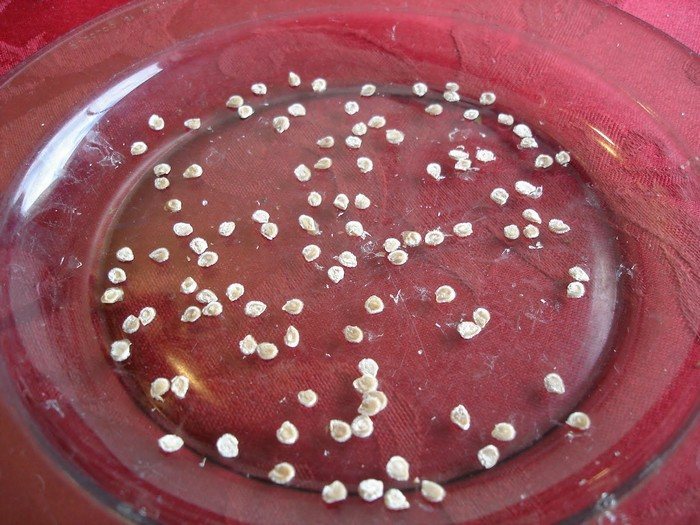
In this case, the seed material must be disinfected, because it could be infected with pathogenic bacteria or fungi. Seeds are treated by soaking in solutions based on:
- potassium permanganate - bright pink;
- brilliant greens – 1 ml per 100 ml of water;
- "Chlorhexidine" - a pharmaceutical product is used in a concentration of 0.05%.
In these compositions, the seed material is left for 30 minutes for the purpose of disinfection. You can also use the drug "Fitosporin-M". The powder is diluted at the rate of 1.5 g per 150 ml of water, the soaking time of the seeds is 1.5-2 hours.
Blackleg protection
Blackleg is a disease caused by a fungus that often affects tomato seedlings. Scientifically, this disease is called root collar rot. “Black leg” manifests itself by blackening the lower part of the seedlings. Seedlings are affected very quickly; sometimes tomatoes can “die” overnight, re-infecting each other. Infectious agents are often present in the soil, so the soil is disinfected before sowing seedlings, just like the seeds.
The soil can be lightly moistened and steamed for 5 minutes in the microwave, setting the regulator to full power. Another popular method is calcination in the oven at 70 degrees for 20–30 minutes. Those who are too lazy can simply pour boiling water over the soil with the addition of potassium permanganate crystals, although in this case the treatment will be less reliable. It is not necessary to disinfect purchased soil if it is purchased in a safe place.
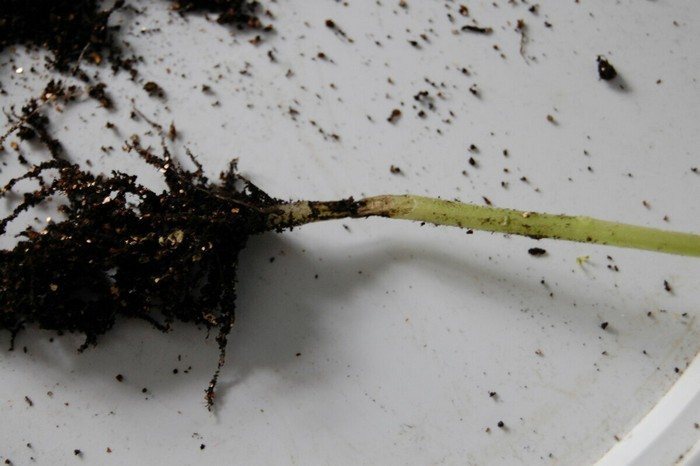
If it so happens that the seedlings do get sick, it is necessary to remove the affected specimens from the container as quickly as possible so that the infection does not spread. Seedlings without signs of disease remaining in the container are spilled with a solution of potassium permanganate or Fitosporin. In order to prevent neck rot from occurring, it is necessary to create suitable conditions for the seedlings - about 14 hours of daylight and a temperature of at least 18–20 °C. Preventive measures also include dusting the soil with charcoal powder or ash.
Creating conditions that prevent the development of rot and brown spot
Seedlings at home can also be affected by other diseases associated with the lack of suitable conditions.Seedlings may develop white, gray or black rot. Sometimes tomatoes are affected by a bacterial disease - brown spot.
Rot manifests itself by the appearance of spots of the color corresponding to the name (white, gray, dark). First, lesions appear on the stems, later spreading to leaves and young shoots. When brown spot disease occurs, yellow spots appear on the seedlings, and subsequently the underside of the leaves becomes covered with a white coating. Without treatment, the leaf dies and falls off.
If any of the listed signs were noticed, it means that the plants were attacked by a fungus that causes rot or harmful bacteria (in the case of brown spot). This becomes possible when pathogens persist in seeds or soil due to insufficiently reliable treatment. Violations of the conditions necessary for seedlings contribute to the development of diseases.
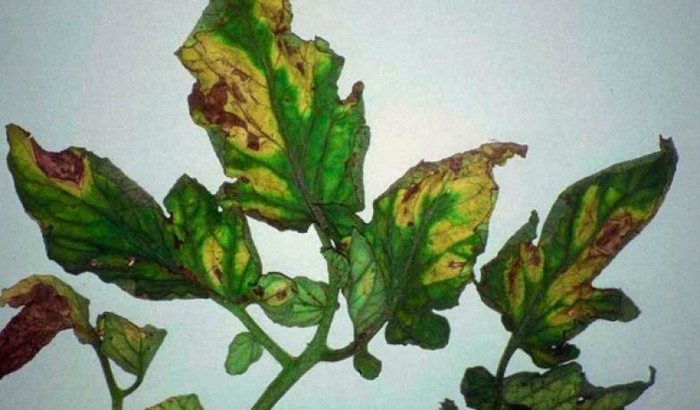
Overmoistening, dense plantings, inappropriate temperature conditions, lack of light - all these factors reduce the immunity of seedlings. As a result, young plants cannot independently suppress the infection in the early stages, and the disease begins to develop.
What tomatoes need:
- When growing tomato seedlings, it is necessary to create a temperature regime at which the indicator on the thermometer does not fall below 18–22 °C.
- Do not over-moisten the soil. Watering is carried out after the top layer of soil has dried.
- The water must be warm; it is poured at the root, without getting on the leaves of the plants.
- Daylight hours for tomatoes should be at least 12–14 hours.This mode can be provided with appropriate lighting.
- Plantings should not be dense, violation of this rule can also lead to an outbreak of diseases.
Diseased seedlings should be removed from the common container as quickly as possible so that the disease does not spread to other plants. The remaining tomatoes are treated with a copper-containing preparation, for example, "Kuprosil". With dense planting, tomatoes are planted in separate pots. Be sure to adjust the growing conditions, bringing them to the norm.
Any disease is easier to prevent than to cure. That is why it is better to protect tomato seedlings from infections in advance with preventive measures. Seedlings are provided with optimal conditions, regular care. Periodically, monitoring is carried out in order to identify unfavorable symptoms. If signs of the disease do appear, its treatment should be started at an early stage.


